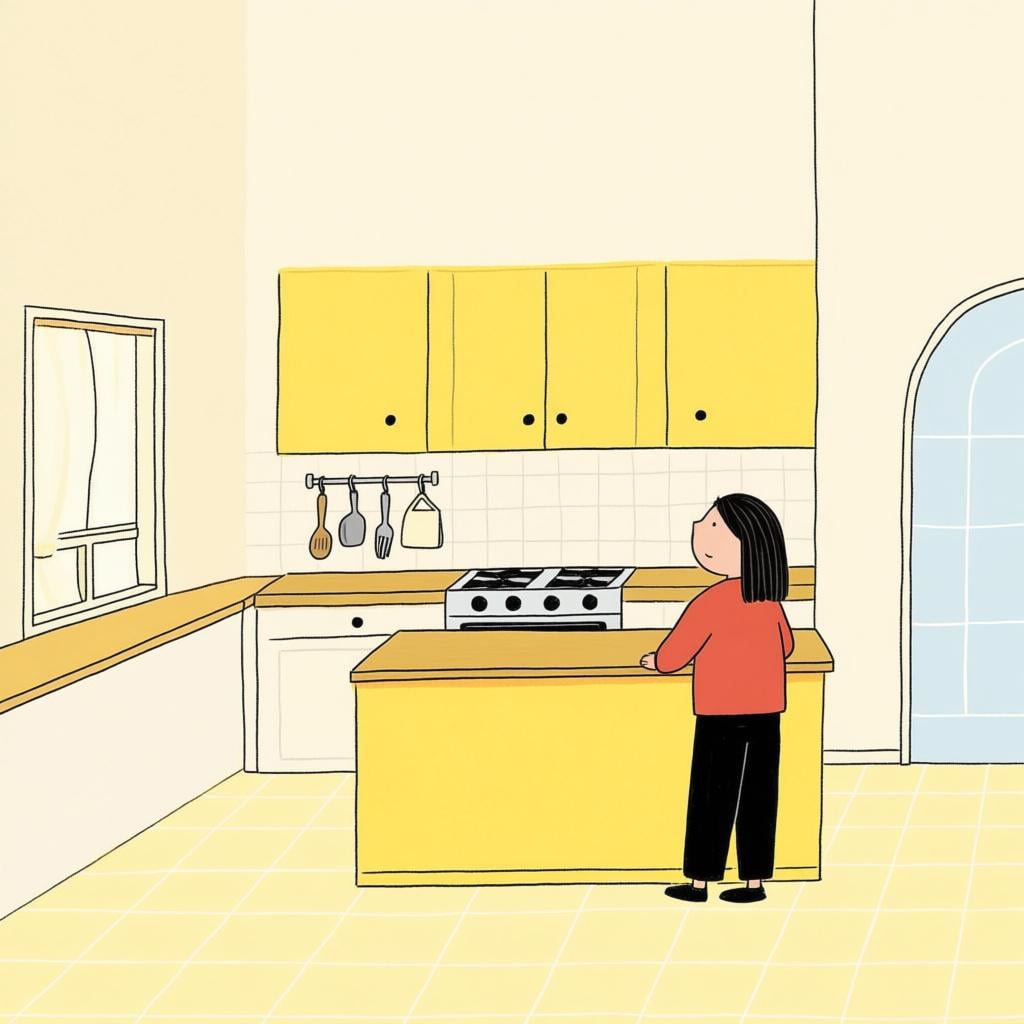estabas
/es-TAH-bahs/
you were

Use estabas to describe where 'you' were located at a moment in the past.
📝 In Action
Estabas en la cocina cuando te llamé.
A1You were in the kitchen when I called you.
Ayer a las cinco, ¿estabas en casa?
A2Yesterday at five, were you at home?
💡 Grammar Points
Talking About Location in the Past
Use 'estabas' to talk about where 'you' (someone you'd call 'tú') were located at a moment in the past. This is for describing a scene or a state of being, not a completed action.
'Estabas' vs. 'Eras' (from Ser)
For location, always use 'estabas'. Think of it this way: 'For how you feel and where you are, always use the verb estar!' This rhyme works for the past, too.
❌ Common Pitfalls
Using 'Ser' for Location
Mistake: "Ayer eras en el parque."
Correction: Ayer estabas en el parque. (Use 'estar' for location, never 'ser').
⭐ Usage Tips
Setting the Scene
'Estabas' is perfect for starting a story or describing the background of a situation. For example: 'Estabas en la playa, el sol brillaba...'

This form describes how 'you' were feeling or a temporary condition in the past, such as being happy.
📝 In Action
Estabas muy feliz con tu regalo.
A1You were very happy with your gift.
Me dijiste que estabas enfermo la semana pasada.
A2You told me you were sick last week.
La puerta estaba abierta, pero tú no estabas.
B1The door was open, but you weren't there.
💡 Grammar Points
Talking About Past Feelings & Conditions
Use 'estabas' to describe how 'you' were feeling (happy, sad, tired) or a temporary state (sick, busy, ready). These are things that can change.
❌ Common Pitfalls
Using 'Ser' for Temporary States
Mistake: "Eras muy cansado anoche."
Correction: Estabas muy cansado anoche. (Tiredness is a temporary condition, so you need 'estar').
⭐ Usage Tips
Asking About Well-Being
This is a great way to ask someone how they were feeling in the past. '¿Estabas bien?' (Were you okay?).

When combined with a gerund (like durmiendo), estabas describes an action 'you were' doing in the past.
📝 In Action
Estabas durmiendo cuando sonó el teléfono.
A2You were sleeping when the phone rang.
¿Qué estabas haciendo a las diez de la noche?
A2What were you doing at ten o'clock at night?
💡 Grammar Points
Describing Ongoing Past Actions
Combine 'estabas' with another verb ending in '-ando' or '-iendo' (like 'hablando' or 'comiendo') to say what 'you' were in the middle of doing. This is called the past progressive.
❌ Common Pitfalls
Confusing with the Simple Past
Mistake: "'Comiste pizza cuando llegué.' (This means 'You ate pizza right when I arrived.')"
Correction: 'Estabas comiendo pizza cuando llegué.' (This means 'You were in the process of eating pizza when I arrived.'). Use 'estabas' to show the action was already in progress.
⭐ Usage Tips
Answering 'What were you doing?'
When someone asks '¿Qué hacías?' or '¿Qué estabas haciendo?', your answer will almost always start with 'Estaba...' (I was...). This form is all about describing actions in progress.
🔄 Conjugations
indicative
present
imperfect
preterite
subjunctive
present
imperfect
✏️ Quick Practice
💡 Quick Quiz: estabas
Question 1 of 1
Which sentence correctly uses 'estabas' to describe a temporary feeling?
📚 More Resources
Frequently Asked Questions
What's the difference between 'estabas' and 'estuviste'?
Great question! Both mean 'you were', but they describe the past in different ways. Use 'estabas' for ongoing situations, descriptions, or habits in the past ('You were always happy'). Use 'estuviste' for completed actions at a specific time ('You were at the party for two hours'). Think of 'estabas' as setting the scene and 'estuviste' as telling what happened.
Do I always need to say 'tú estabas'?
Nope! In Spanish, the ending of the verb '-abas' already tells us you're talking about 'tú'. So, you can usually drop the 'tú' and just say 'estabas'. You might include 'tú' if you want to emphasize or clarify who you're talking about.